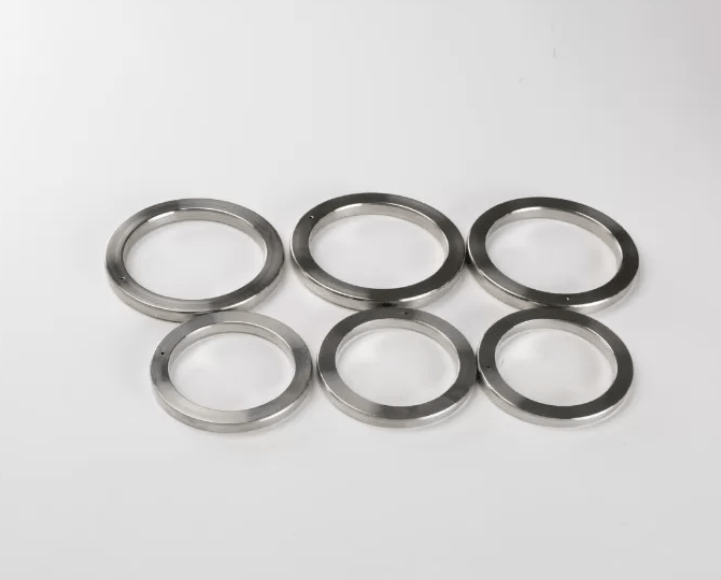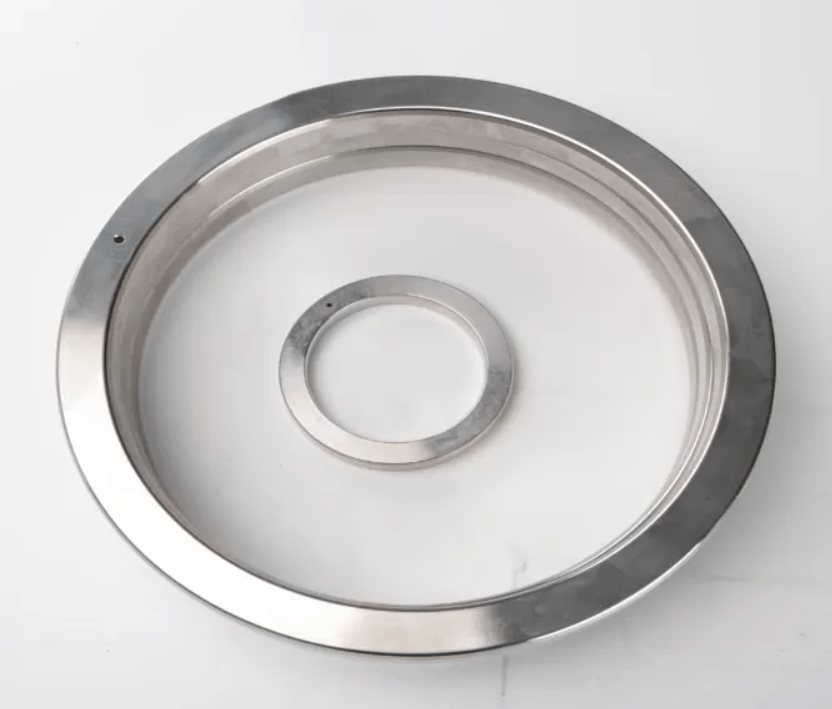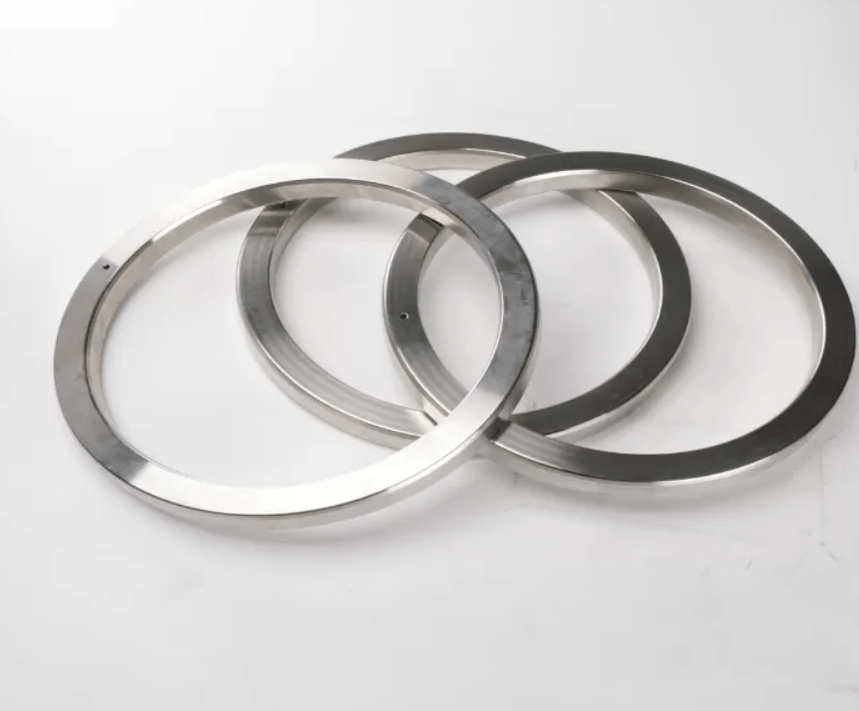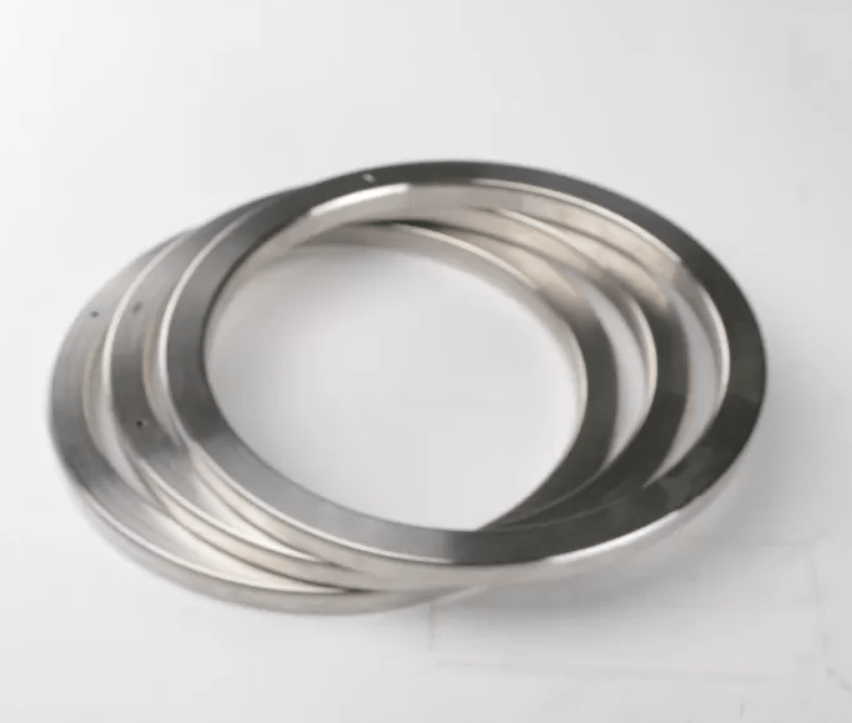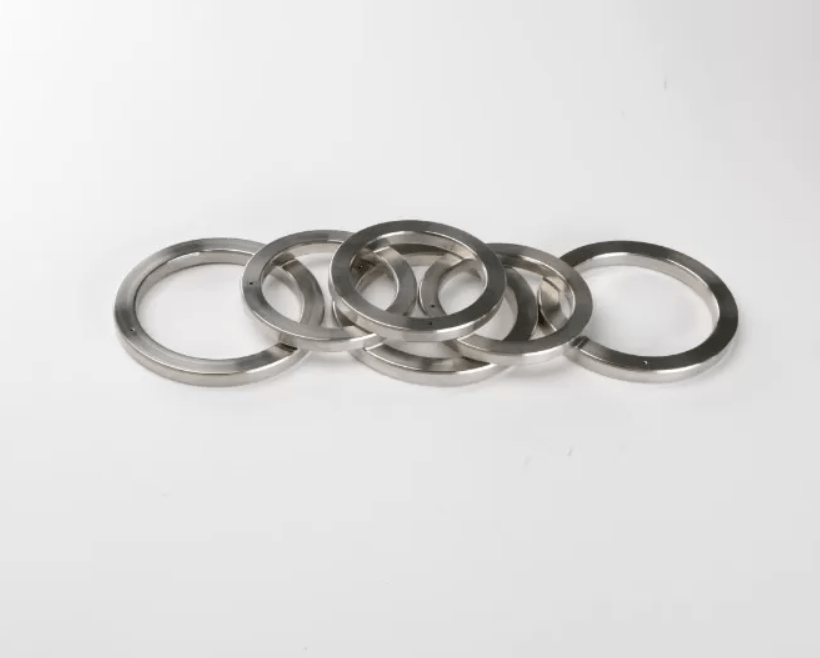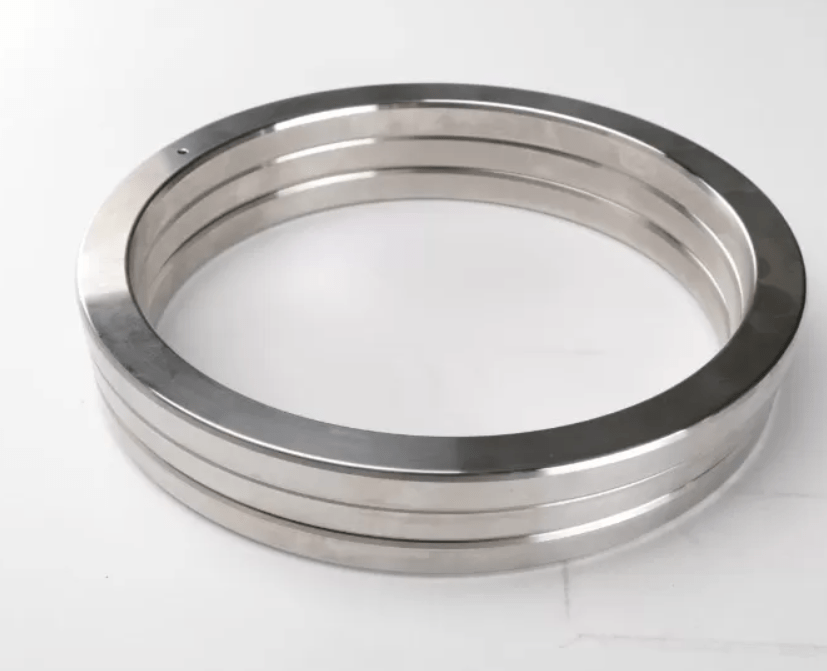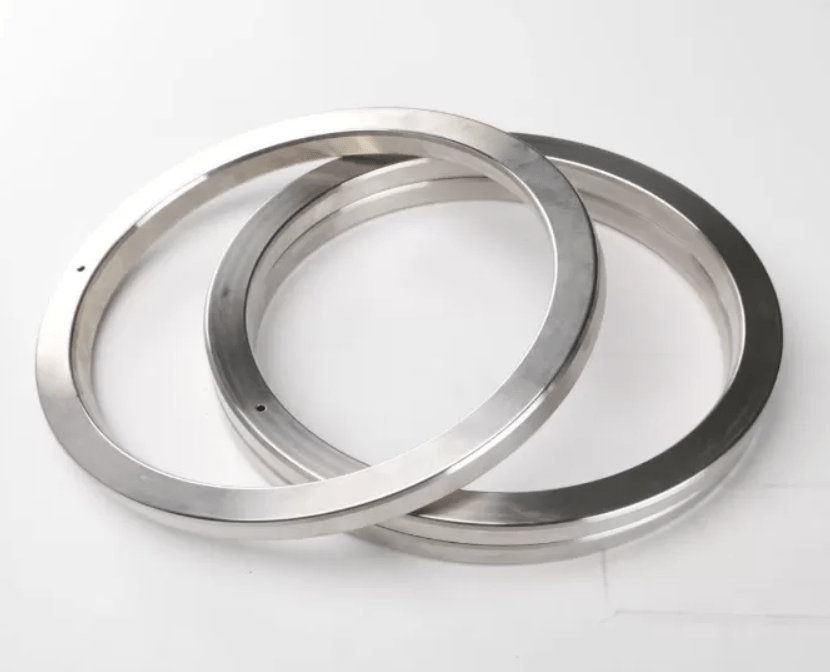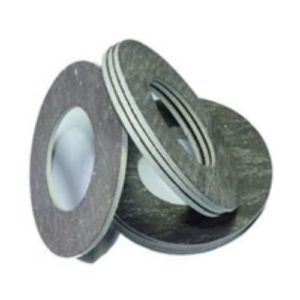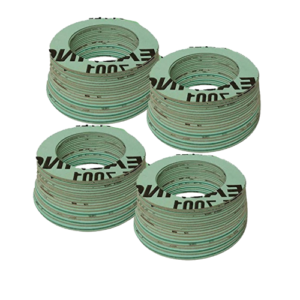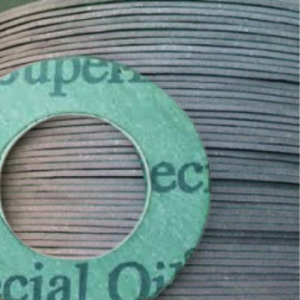Description
| Carbon Steel: | Gasket | Stainless Steel: | Seal |
| Metal: | Seals Ring | Soft Iron: | Gasket |
High Light: Duplex F44 BX Ring Joint Gasket, wellhead BX 156 ring gasket, Duplex F44 BX 156 ring gasket
We can offer more than 30 kinds of materials, such as 321SS, 347SS, 316SS, 304SS, Inconel 625, Monel 400, INCOLY 825, Nickel 200, Duplex F44, soft iron, low carbon steel and so on. We have over 10 years experience in export business. Our products are sold to Southeast Asia, Middle East, Europe and America and well appreciated by our clients.
The BX type RTJ gaskets are manufactured in accordance with API 6A and are suitable for use in high pressure API 6BX flanges. The gaskets form a metal to metal seal on assembly and the efficiency improves as internal pressure increases. All BX sizes have a pressure relief hole to equalize pressure across sealing faces.
Type BX
–NB1 11/16″ to 21 1/4″ Class Rating 5000 to 20000 ASME B16.20
» BX Ring gasket Suitable for use on API 6BX Flanges up to Class 20000
» During installation the ring is compressed inwards to provide
additional sealing stress
» Pressure energised; as the internal pressure increases the
sealing force increases
» Type BX rings are supplied with pressure relief holes to avoid
compressing fluid beneath the gasket
» Can be drilled with additional hole to create a gasket suitable
for subsea installation Type “SBX”
As a result of metal to metal sealing media they are made to be free of indentations, tool marks etc and have a surface finish of maximum,
BX – 32 microinches Ra (0.8 micrometer Ra)
Type BX operates in 20,000 psi with non interchangeability. Type BX has a pressure passage hole for pressure equalization on each sealing face sides.
The hardness of the ring gasket should always be 30% lesser than the hardness of the flanges to prevent flange deformation
Dimensions and Tolerances for Ring Joint Gaskets and Grooves are covered in API 6A and ASME B16.20.
Ring type joint gaskets(RTJs) are designed for high pressure applications. They are available in a variety of forms to suit different flange formats . RTJs can be used for very high and/or fluctuating pressures (up to 1500 bar), depending on the profile selected. Material selection determines use for high temperatures (up to i000°C) and in aggressive media. To ensure proper sealing the surfaces of contact between the gaskets and flange have to be carefully processed. The small sealing area and high contact pressure results in excellent sealability.
| Common Materials | |||
| Material | HB Hardness | Temperature Limitations | Identification |
| Soft Iron | 90 | -60 to +400 °C | D |
| Low carbon steel | 120 | -40 to +500°C | S |
| 4%-6% Cr ½% Mo:F5 | 130 | -125 to +500°C | F5 |
| Stainless steel 304/304L | 160 | -250 to +650°C | S304 or 304L |
| Stainless steel 316/316L | 160 | -196 to +800°C | S316 or 316L |
| Stainless steel 321 | 160 | -250 to +870°C | S321 |
| Stainless steel 347 | 160 | -250 to +870°C | S347 |
| Stainless steel 410 | 170 | -20 to +500°C | S410 |
| Inconel 625 | – | 1000°C | 625 |
| Incoloy 825 | – | 1000°C | 825 |
| Hastelloy C-276 | – | 1000°C | C-276 |
| Duplex | – | 800°C | S31803 |
| Titanium | – | 540°C | TI |

